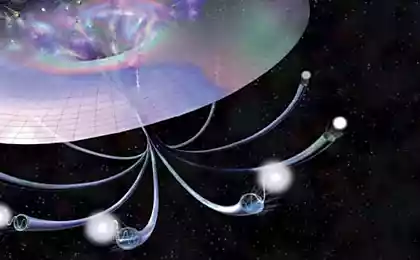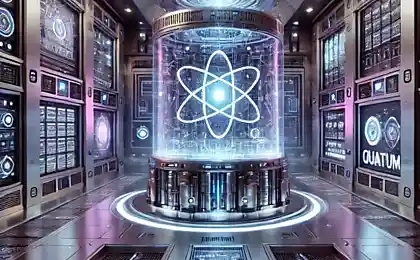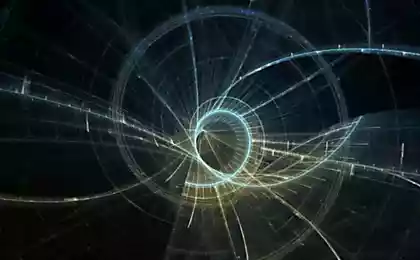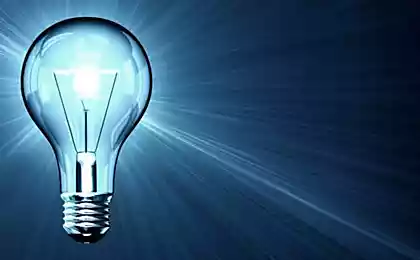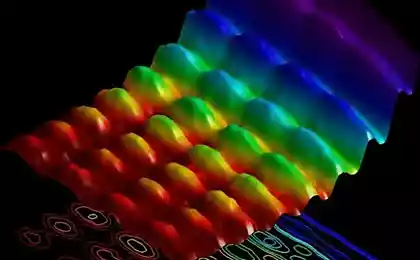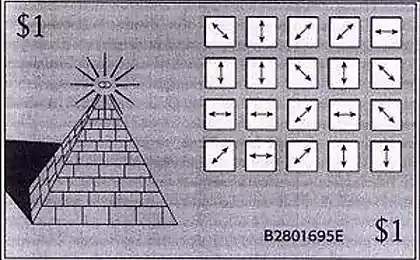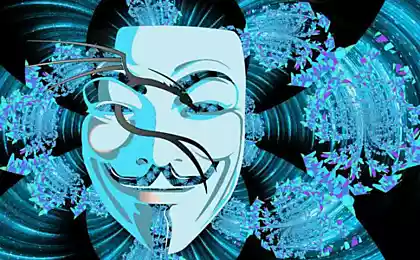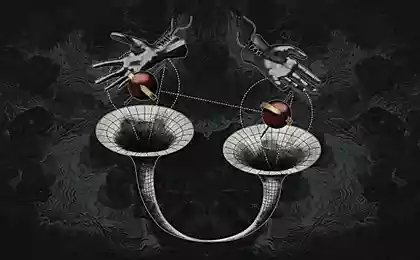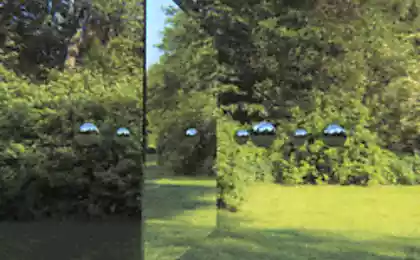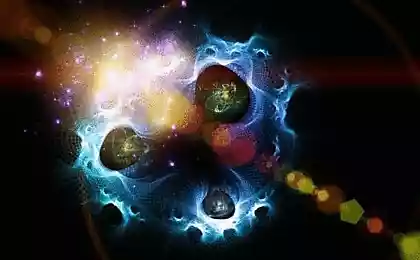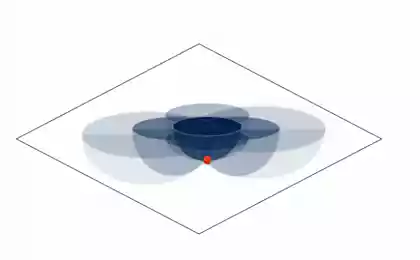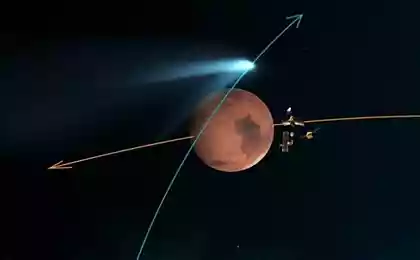750
Scientists at Cornell University have created a prototype of the "quantum" of the future of money
The most protected against forgery, according to research by the International community banknote (IBNS) acknowledged today the British pound sterling and the Australian dollar. At the same time, and these fake banknotes at the present level of technology is quite real. Using encryption algorithms based on the coding of quantum states of photons, scientists at Cornell University have found a way of creating bank notes, which are virtually impossible to forge. Read more about the "quantum" of the future money will be discussed in today's publication.
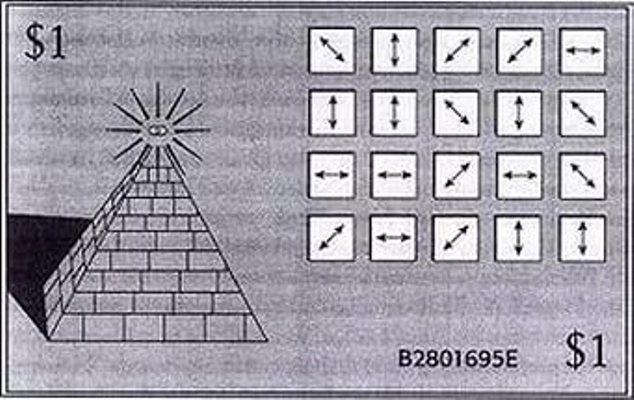
The idea of using the polarization states of single photons to create an encryption algorithm is not new. For the first time this method has been proposed in 1970 by a graduate student at Columbia University and Stephen Wiesner was perceived as anti-scientific. Only after 13 years of work Wiesner were allowed to be published in SIGACT News magazine and received the highest rating in the scientific community.
According to the technology proposed Wiesner, each banknote were to be built 20 "light traps" and one polarized in a particular state for each photon. Each note is assigned a serial number, encoding information of the photon polarization filter. Any attempt to use an invalid filter would lead to a blurring of the original combination of polarized photons, and a unique sequence of polarizing filters - serial numbers of bills have been proposed to save the bank that would guarantee maximum protection against counterfeit banknotes.
In the language of mathematics, probability of successful unauthorized copying of such bills is less than (5/6) ^ N, (where N - number of photons in the bill). However, because technically the authenticity of banknotes, secure methods of cryptography photon is able to install only the issuing bank, have access to information about the polarization of photons, the use of technology proposed by Wiesner has once again been postponed indefinitely unilaterally.
Problem Solving - "quantum money with open source" in 2009, experts have suggested the Massachusetts Institute of Technology. According to their idea of letting each such bill Bank is a secret to her description of the quantum state and the algorithm of the authentication of the condition. The collection of such information allows you to accurately determine the authenticity of the bills to the interested party, but does not give potential fraudsters answer the key question: how has itself coding
. The weak point of the proposed concept - the possibility for the banks issuing possessing perfect information, supply ultra-secure printing copies of the bills on stream. To work around this limitation the authors proposed the use of technology in the encoding of the serial numbers of the quantum state, which is duplicated in a reasonable time is impossible even to bank experts. And to establish the authenticity of banknotes is quite possible using an algorithm based on a Markov model.
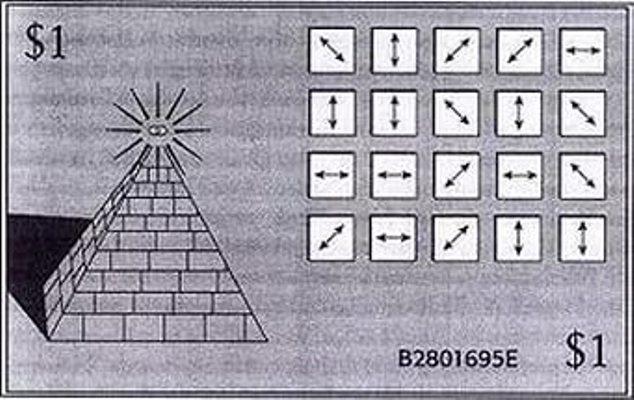
Banknote Stephen Wiesner, encoded according to the principles of quantum cryptography. Photo: Wikimedia
Almost half a century later, after the announcement of the basic theoretical principles of Stephen Wiesner physicists at Cornell University failed to bring development to the practical stage, and create the first prototype of the "quantum" of the future of money. According to the proposed principle, when coding the serial number of each banknote is used protected ability quantum bits reside simultaneously in multiple states (0, 1, or | A | ^ 2 + | B | ^ 2 = 1). In full accordance with the concept of Wiesner unique serial number identifying the banknote prototype encrypted sequence of photons polarized in strictly defined conditions.
Details of research and preprint banknotes increased protection are presented in the publication on the website of the library at Cornell University (Cornell University Library).
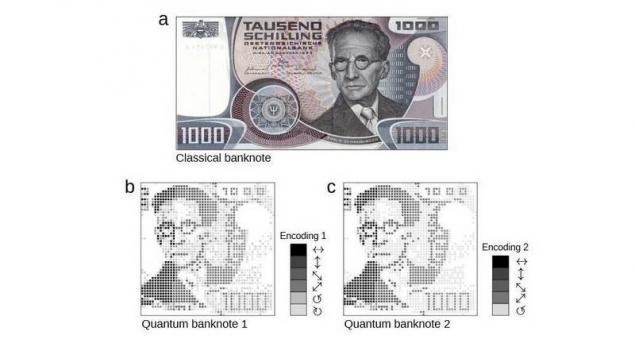
prototype quantum of money. Photo: Cornell University Library
Limitations and proposed solutions to problems
Despite the obvious advantages of photonic cryptographic protection, the dignity of such bills, to be precise - photon sensitivity code to external factors and incorrect treatment, leading eventually to its slight change is becoming a key drawback of the method.
The search for solutions to the above problems has led a joint team from the Max Planck Institute for Quantum Optics in Garching (Germany), Harvard University, Cambridge (Massachusetts), and the California Institute of Technology in Pasadena to the conclusion that the most appropriate in the current situation will reduce the requirements for confirmation of the authenticity of banknotes. It was suggested to take notes, the codeword corresponding to the original by 90% or more, and the resulting error is eliminated through the introduction of a new class of test protocols, tolerant error encoding, decoding and storage of quantum bits. The research results were published in the journal PNAS in 2012.
That's all, you had a simple service to select Dronk.Ru sophisticated technology. Do not forget to subscribe to our blog, will be much more interesting.

Sponsor post cashback service LetyShops. Return any money for online shopping. Learn more about what the cashback service read our article Choosing a cashback service to 6 years Aliekspress
Source: geektimes.ru/company/dronk/blog/274958/

The idea of using the polarization states of single photons to create an encryption algorithm is not new. For the first time this method has been proposed in 1970 by a graduate student at Columbia University and Stephen Wiesner was perceived as anti-scientific. Only after 13 years of work Wiesner were allowed to be published in SIGACT News magazine and received the highest rating in the scientific community.
According to the technology proposed Wiesner, each banknote were to be built 20 "light traps" and one polarized in a particular state for each photon. Each note is assigned a serial number, encoding information of the photon polarization filter. Any attempt to use an invalid filter would lead to a blurring of the original combination of polarized photons, and a unique sequence of polarizing filters - serial numbers of bills have been proposed to save the bank that would guarantee maximum protection against counterfeit banknotes.
In the language of mathematics, probability of successful unauthorized copying of such bills is less than (5/6) ^ N, (where N - number of photons in the bill). However, because technically the authenticity of banknotes, secure methods of cryptography photon is able to install only the issuing bank, have access to information about the polarization of photons, the use of technology proposed by Wiesner has once again been postponed indefinitely unilaterally.
Problem Solving - "quantum money with open source" in 2009, experts have suggested the Massachusetts Institute of Technology. According to their idea of letting each such bill Bank is a secret to her description of the quantum state and the algorithm of the authentication of the condition. The collection of such information allows you to accurately determine the authenticity of the bills to the interested party, but does not give potential fraudsters answer the key question: how has itself coding
. The weak point of the proposed concept - the possibility for the banks issuing possessing perfect information, supply ultra-secure printing copies of the bills on stream. To work around this limitation the authors proposed the use of technology in the encoding of the serial numbers of the quantum state, which is duplicated in a reasonable time is impossible even to bank experts. And to establish the authenticity of banknotes is quite possible using an algorithm based on a Markov model.

Banknote Stephen Wiesner, encoded according to the principles of quantum cryptography. Photo: Wikimedia
Almost half a century later, after the announcement of the basic theoretical principles of Stephen Wiesner physicists at Cornell University failed to bring development to the practical stage, and create the first prototype of the "quantum" of the future of money. According to the proposed principle, when coding the serial number of each banknote is used protected ability quantum bits reside simultaneously in multiple states (0, 1, or | A | ^ 2 + | B | ^ 2 = 1). In full accordance with the concept of Wiesner unique serial number identifying the banknote prototype encrypted sequence of photons polarized in strictly defined conditions.
Details of research and preprint banknotes increased protection are presented in the publication on the website of the library at Cornell University (Cornell University Library).

prototype quantum of money. Photo: Cornell University Library
Limitations and proposed solutions to problems
Despite the obvious advantages of photonic cryptographic protection, the dignity of such bills, to be precise - photon sensitivity code to external factors and incorrect treatment, leading eventually to its slight change is becoming a key drawback of the method.
The search for solutions to the above problems has led a joint team from the Max Planck Institute for Quantum Optics in Garching (Germany), Harvard University, Cambridge (Massachusetts), and the California Institute of Technology in Pasadena to the conclusion that the most appropriate in the current situation will reduce the requirements for confirmation of the authenticity of banknotes. It was suggested to take notes, the codeword corresponding to the original by 90% or more, and the resulting error is eliminated through the introduction of a new class of test protocols, tolerant error encoding, decoding and storage of quantum bits. The research results were published in the journal PNAS in 2012.
That's all, you had a simple service to select Dronk.Ru sophisticated technology. Do not forget to subscribe to our blog, will be much more interesting.

Sponsor post cashback service LetyShops. Return any money for online shopping. Learn more about what the cashback service read our article Choosing a cashback service to 6 years Aliekspress
Source: geektimes.ru/company/dronk/blog/274958/
The well-known athlete in cycling which found a hidden electric motor, was disqualified for six years
The evolution of smartphones. Part 2: 2011 - 2015

